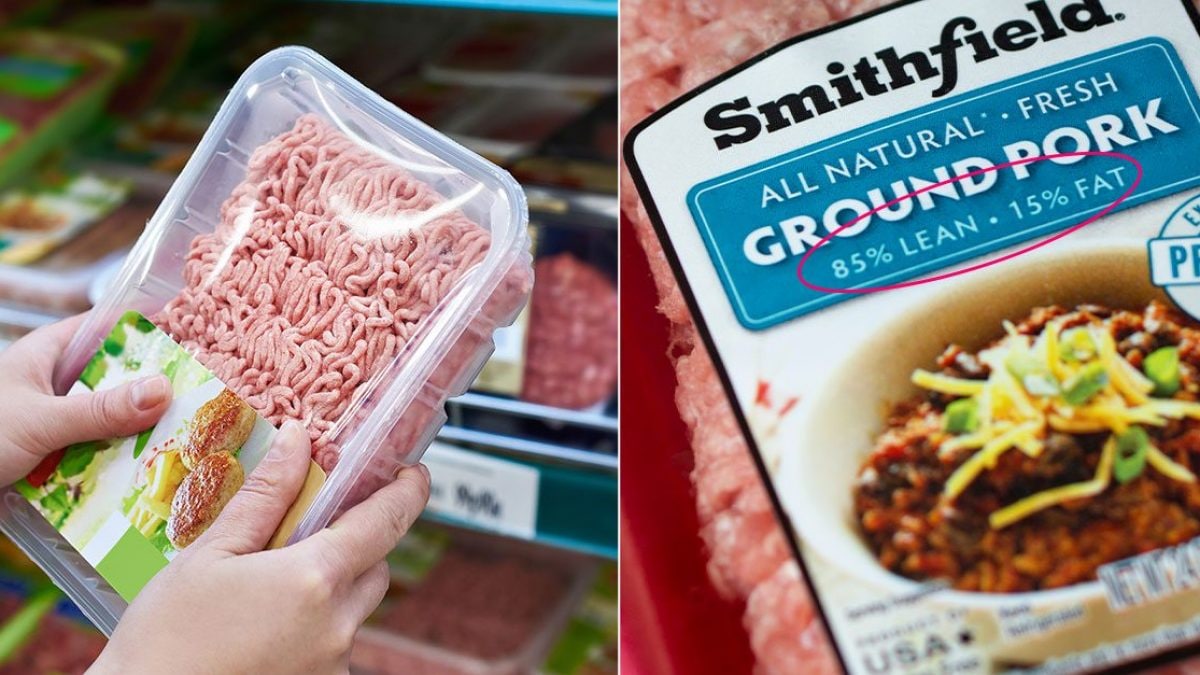
On packs of minced beef, pork, lamb, or turkey, percentages refer to fat content. The number tells you how much fat is mixed with lean meat, which affects taste, texture, and nutrition.
- 5% Fat (Extra Lean): Very low in fat, best for healthy meals with minimal grease.
- 10% Fat (Lean): Slightly more fat, keeping mince moist while still being light.
- 15% Fat (Regular): A balance of fat and lean meat, good for flavorful dishes like bolognese or tacos.
- 20%+ Fat (High Fat): Juicy and full of flavour, ideal for burgers, meatballs, and rich sauces.
Higher fat content means more flavor and tenderness, but also more calories and saturated fat. If you want a leaner option, go for 5-10% fat mince.
What Does Meat Percentage Mean in Processed Products?
For sausages, meatballs, and nuggets, the percentage refers to how much of the product is actually meat. The rest is fillers, water, or additives.
- 100% Chicken Breast: Pure, unprocessed meat.
- 80% Meat Content: The remaining 20% is fillers, water, or seasoning.
- 50% Meat or Less: Common in cheap sausages and nuggets, where half the product is starch, soy protein, or preservatives.
The lower the meat percentage, the more processed ingredients it contains. A sausage with only 50% meat means half of it isn’t meat at all.

Why Do Meat Percentages Matter?
Understanding meat percentages helps you choose quality cuts and cook better meals. Low-fat mince contains fewer calories and less saturated fat, making it a healthier choice. In contrast, higher fat mince adds moisture and flavor, making burgers and meatballs juicier. Lean mince, with lower fat content, works best in dishes like stews and stir-fries, where excess grease isn’t needed.
For processed meats like sausages and nuggets, the meat percentage tells you how much is real meat versus fillers. A higher meat content means fewer additives, less starch, and better flavour. Checking these percentages ensures you get the best quality, whether you're after a leaner cut or something more indulgent.
;Resize,width=767;)
